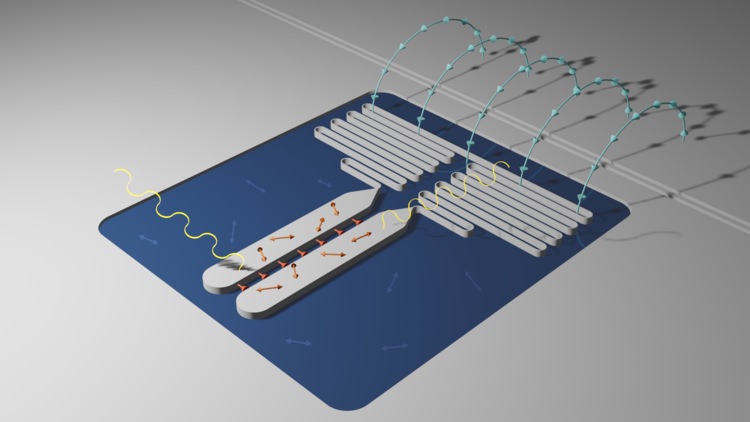
Disentangling Losses in Tantalum Superconducting Circuits
Type
Superconducting qubits are a leading system for realizing large scale quantum processors, but overall gate fidelities suffer from coherence times limited by microwave dielectric loss. Recently discovered tantalum-based qubits exhibit record lifetimes exceeding 0.3 ms. Here we perform systematic, detailed measurements of superconducting tantalum resonators in order to disentangle sources of loss that limit state-of-the-art tantalum devices. By studying the dependence of loss on temperature, microwave photon number, and device geometry, we quantify materials-related losses and observe that the losses are dominated by several types of saturable two level systems (TLSs), with evidence that both surface and bulk related TLSs contribute to loss. Moreover, we show that surface TLSs can be altered with chemical processing. With four different surface conditions, we quantitatively extract the linear absorption associated with different surface TLS sources. Finally, we quantify the impact of the chemical processing at single photon powers, the relevant conditions for qubit device performance. In this regime we measure resonators with internal quality factors ranging from 5 to 15 x 10^6, comparable to the best qubits reported. In these devices the surface and bulk TLS contributions to loss are comparable, showing that systematic improvements in materials on both fronts will be necessary to improve qubit coherence further.

